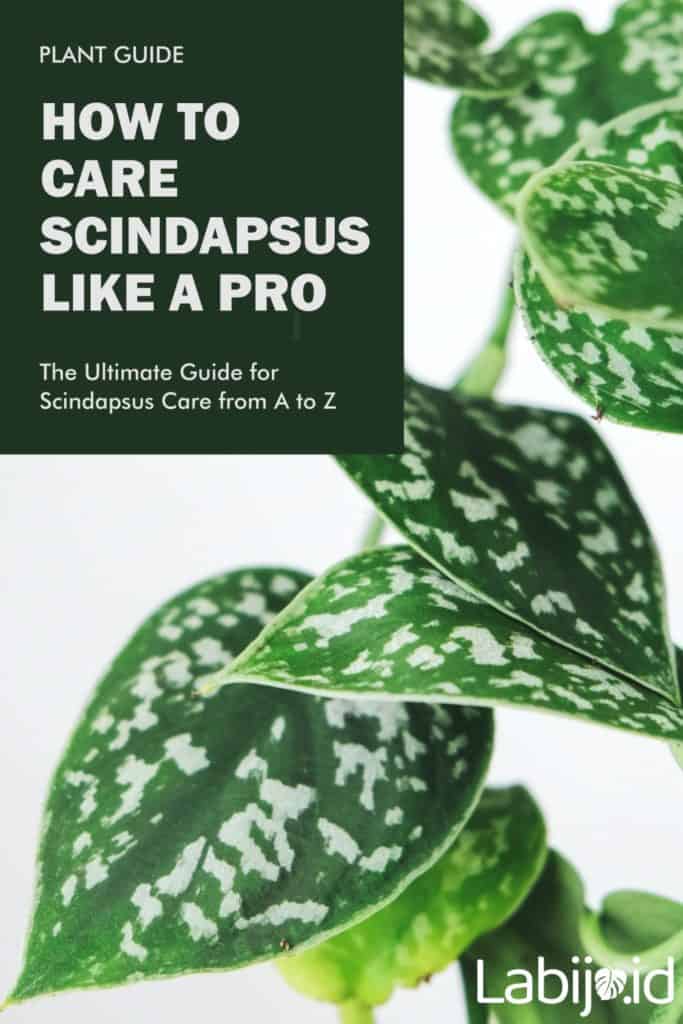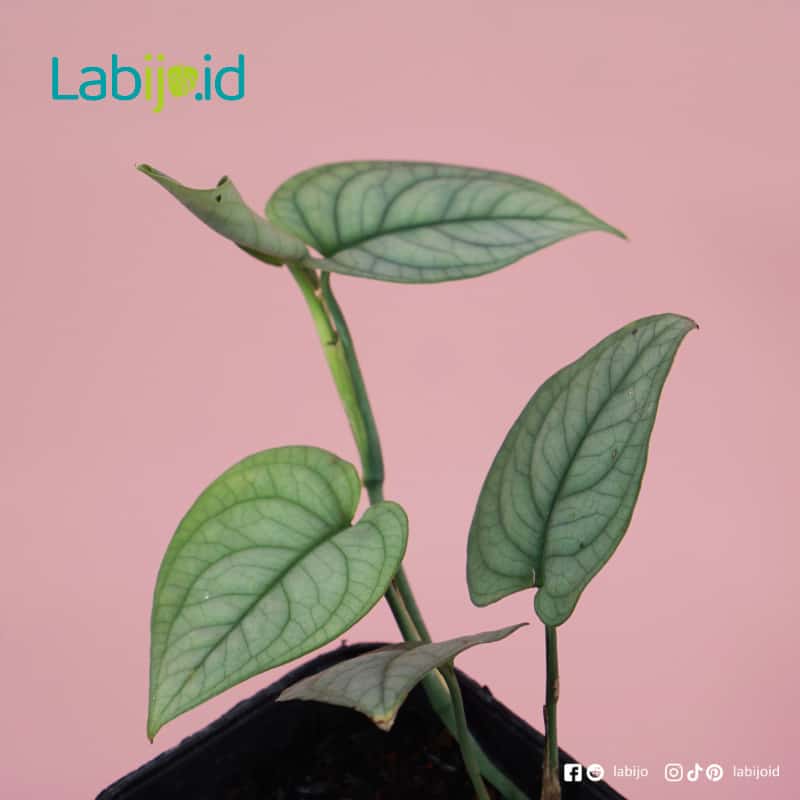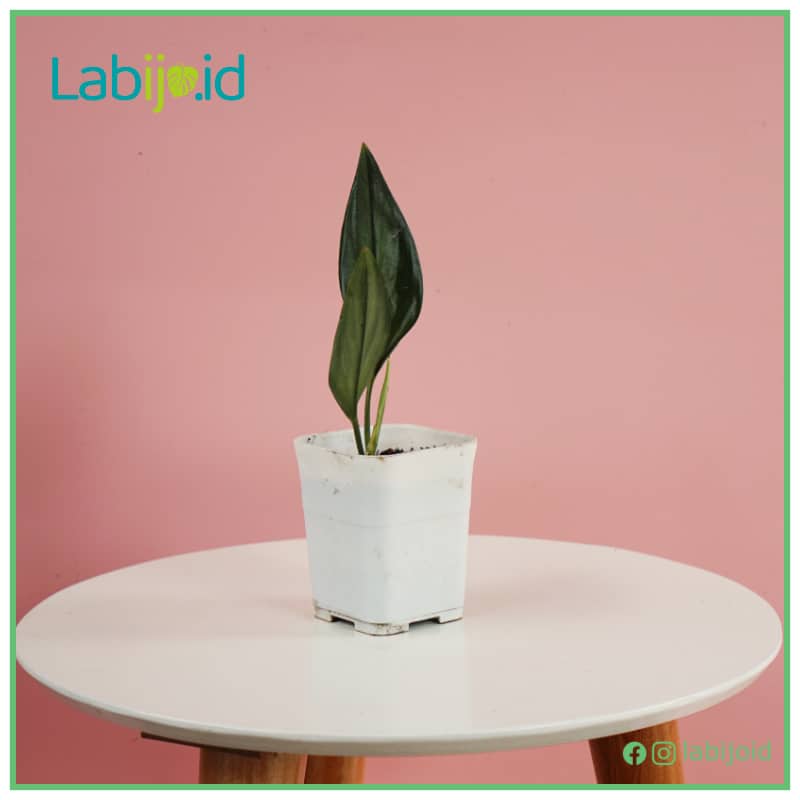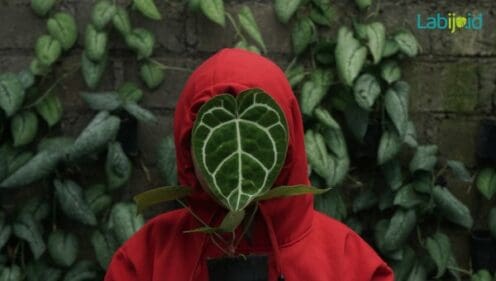Indoor plants like Scindapsus are plants that you will love since they are pretty and easy to take care of. Unfortunately, scindapsus varieties underrated in the plant community.
In this article, we will talk about the basics of Scindapsus like their varieties, the basic care, and many things that are usually asked for a beginner. Either you are a beginner or advanced plant parent, this article is for you.
Scindapsus Varieties
Scindapus are natives of Southeast Asia countries. They come in many shapes and colors. Some of them are easily grown like Pothos N’Joy that are trailing and have many vines.
The big difference from Pothos is their leaves that thicker and have lower saturated color than Pothos. Here are some varieties that you can find online:
Scindapsus Pictus Exotica
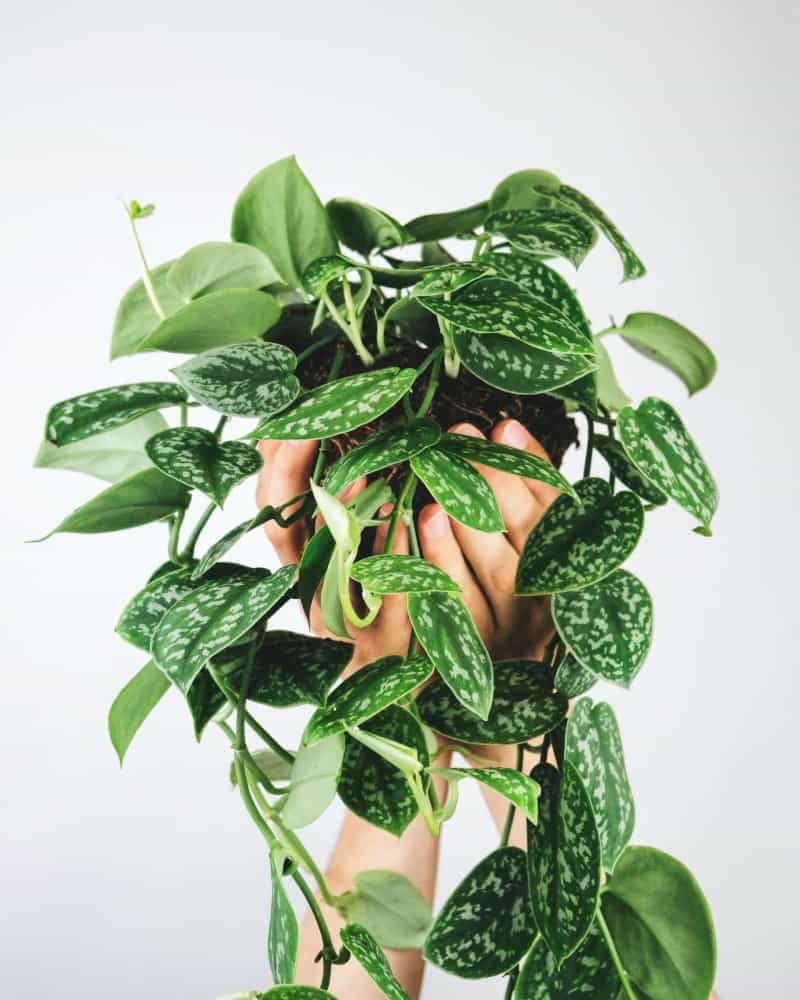
One of Scindapsus that is well known in general for wide leaves with variegation in the edge of each leaf. Scindapsus Pictus Silver Satin
Almost the same as Scindapsus Pictus exotica, Scindapsus Pictus Silver Satin also have variegation on their leaves but less. It also more likely ‘splashes’ in the center of the leaves, without in the edges.
Scindapsus Lucens is one of the rare in the Scindapsus genus. What makes them special is their color, so different from other Scindapsus.
This Scindapsus has dark leaves that indicate the intensity of their chlorophyll. Originally, they would crawl in the big trees as their base. In your house, you can put them in the hanging basket and they will grow beautifully.
Scindapsus Basic Care Guide
Soil, Scindapsus is not picking when it goes with soils. They can survive in almost any soil.
But for the best result, you can try the fast-draining medium to avoid the root getting rotten. You can use bark orchid as one of your media/soil composition.
Based on Wong Sing Yen’s research, you can also add some peat moss since it will mimicking their natural environment in forests.
Light, in general, Scindapsus likes to have bright indirect light. If you give them low light like in the bathroom, they tend to grow slower.
If you want to keep their color bright and better, we recommend you to put them in bright indirect light. As low light they might have, their color will fade.
Water, Scindapsus watering consumption is average to compare other indoor plants. They love water but don’t give too much. If their leaves start to curler, it means that they need water.
You can water them once a week. Just make sure that their soil is dry before watering it.
The best water for your Scindapsus is distilled ones or aquarium water. If you try with tap water, it will be too hard for them since tap water is not a pure water
Temperature, like an easy-going person, Scindapsus is a plant that can tolerate cool temperatures. They will survive between 18-24˚C (65-75˚F).
You don’t really need to be worried about them adapting to your house temperature from the beginning because they will be fine. In the winter, don’t let them face below 15˚C or 59˚F because they could get frost damage.
The best temperature is hard to predict because it depends on your house environment. You need to always observe their progress to know their best needs.
Humidity, your Scindapsus will be happy with 40% humidity or higher. Keep mist every day to make them always clean from any dust. Always use the distilled water to avoid the mineral deposits on their leaves.
Fertilizer, If you want to grow Scindapsus, better not to use any fertilizer since it will be too hard for them. Remember, their nature is crawling the big tree, so they don’t need much fertilizer.
Propagation, Scindapsus could propagate by cuttings their stem . It is as easy as to propagate Pothos N Joy.
You can start with a cutoff of 10-15cm (4-6inch). It will be better if the stem has three or more leaves. You can cut the leaf that is closest to the cut end. Once you’ve cut your stems, they’re ready to begin rooting.
Conclusion
Scindapsus, especially the Treubii Dark and Lucens ones that are very rare, and yet they are easy plants to maintain. They can grow happily without any fertilizer and can adapt to low temperatures better than other plants.
Propagation is easy, so you can have them more and put them in the other pot in any room in your house. If you want to know more about it, you can sign up for our newsletter.
